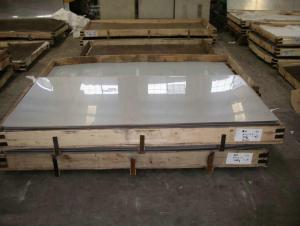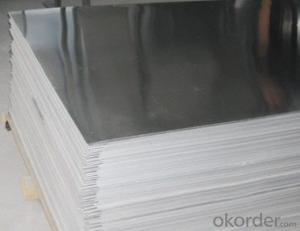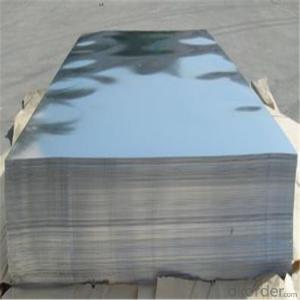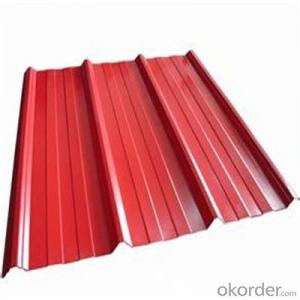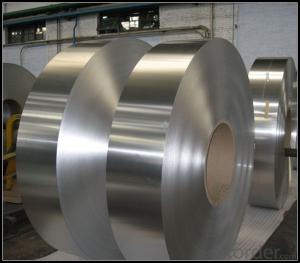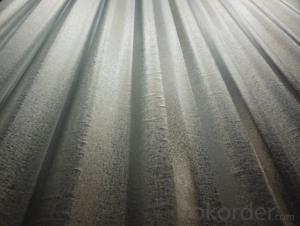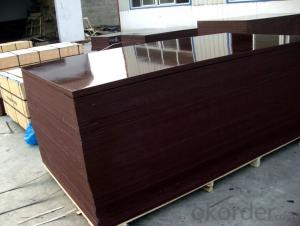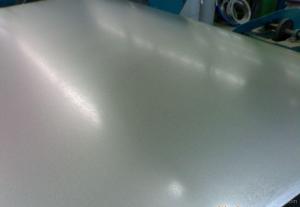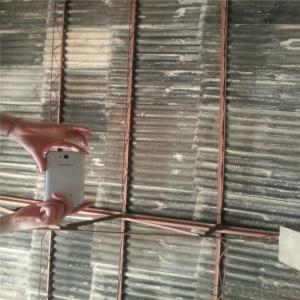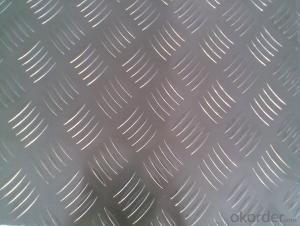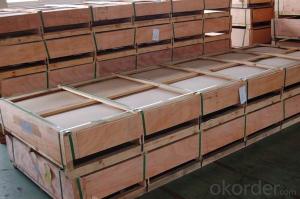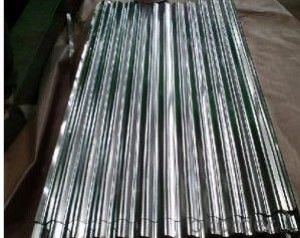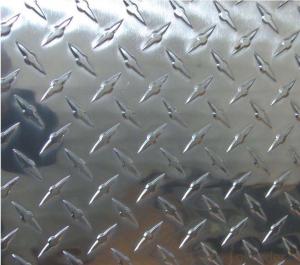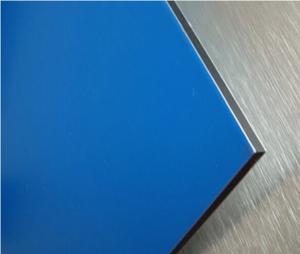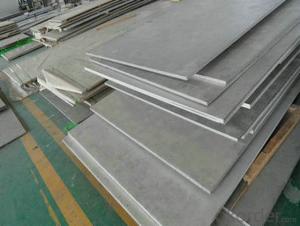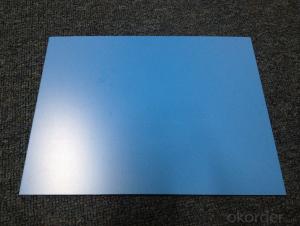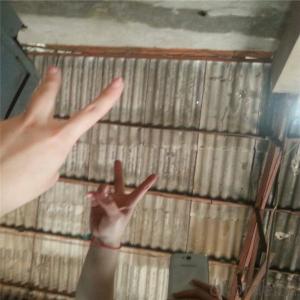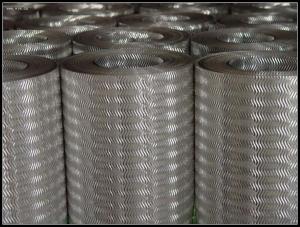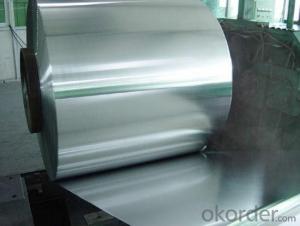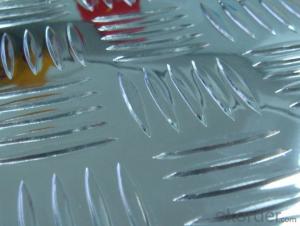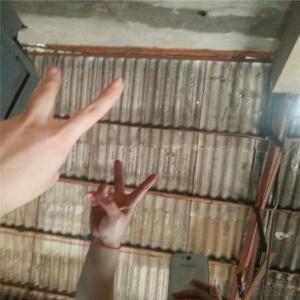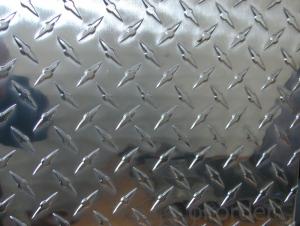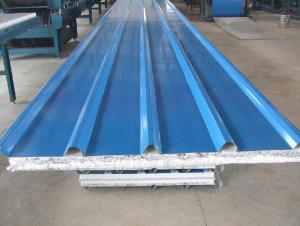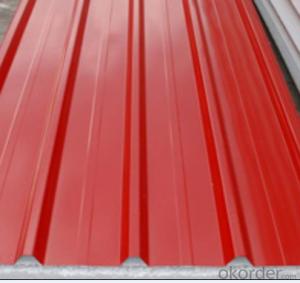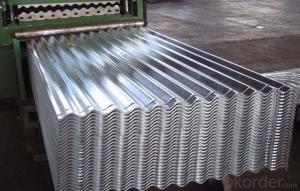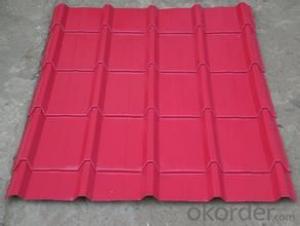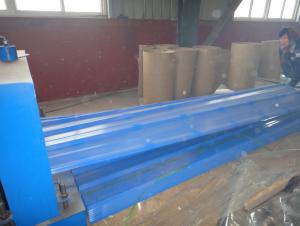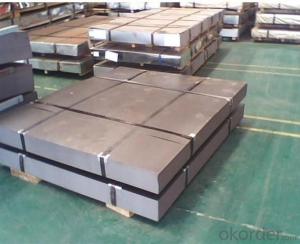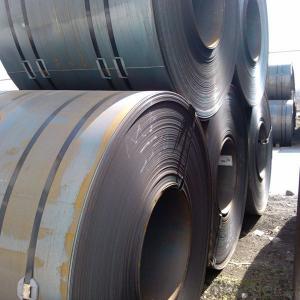4X8 Metal Sheets
4X8 Metal Sheets Related Searches
Sheet Metal Sheets 4X8 Sheet Metal 4X8 4X8 Tin Sheets 4X8 Galvanized Sheet Metal 4x8 Stainless Steel Sheet 4x8 Sheet Of Stainless Steel Stainless Steel 4x8 Sheets Stainless Steel Sheets 4x8 Plastic Sheets 4X8 Hard Plastic Sheets 4X8 4X8 Sheet Aluminum Stainless Steel 4x8 Sheet Galvanized Sheet Metal 4X8 4 X 8 Sheet Of Stainless Steel Plexiglass Sheets 4X8 4 X 8 Tin Sheets 22 Gauge Sheet Metal 4X8 Clear Plastic Sheets 4X8 Polypropylene Sheets 4X8 4X8 Styrofoam Sheets Galvanized Steel Sheet 4x8 Diamond Plate Aluminum Sheets 4X8 4 By 8 Plastic Sheets 4X10 Plywood Sheets 4x8 Stainless Steel Sheet Price 4 X 8 Styrofoam Sheets 4X12 Plywood Sheets Aluminum Diamond Plate 4x8 Sheet 6 X 4 Plywood Sheets Aluminum Tread Plate Sheet 4x84X8 Metal Sheets Supplier & Manufacturer from China
4X8 Metal Sheets are versatile products that consist of various metal types, including aluminum, steel, and stainless steel, which are available in different thicknesses and finishes. These sheets are widely used in construction, manufacturing, and various other industries due to their durability and strength. They can be employed in a multitude of applications, such as roofing, wall cladding, and fabrication of various metal structures. The usage scenarios for 4X8 Metal Sheets are vast, ranging from residential and commercial buildings to automotive and aerospace industries, where their high strength-to-weight ratio and corrosion resistance make them indispensable.Okorder.com is a leading wholesale supplier of 4X8 Metal Sheets, offering a comprehensive range of products to cater to the diverse needs of customers. With a large inventory, the company ensures that clients have access to a wide selection of metal sheets, making it easier for them to find the right product for their specific requirements. Okorder.com's commitment to quality and customer satisfaction has made it a preferred choice for businesses looking to source 4X8 Metal Sheets in bulk quantities.
Hot Products






